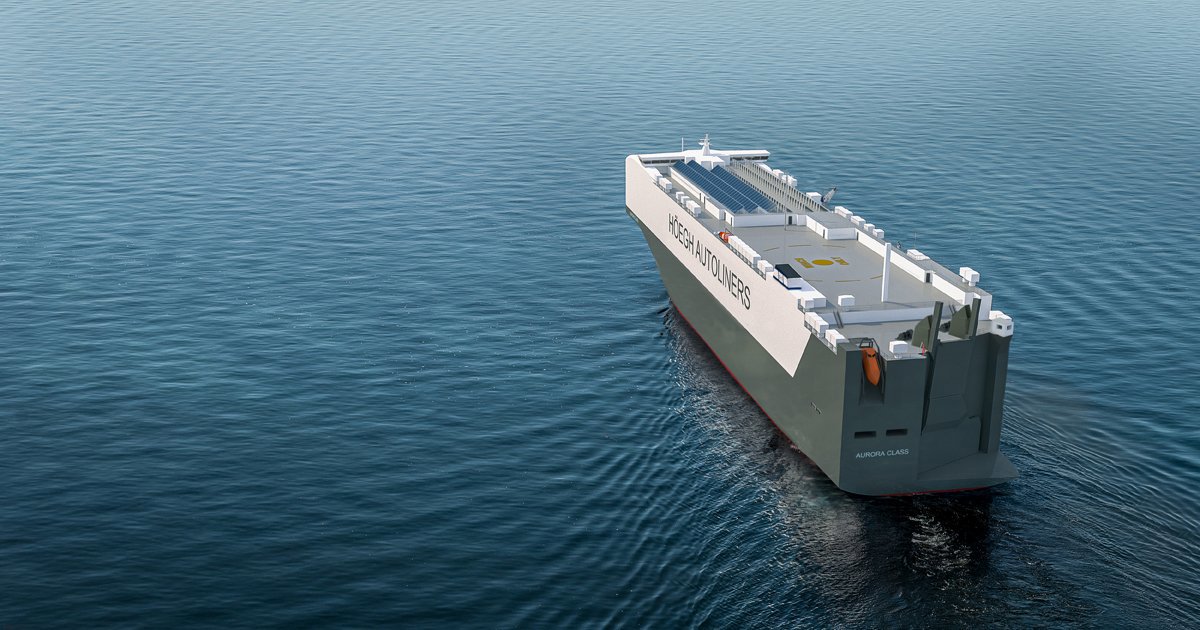Everllence launches ammonia dual-fuel engine
German engine maker Everllence has unveiled its new two-stroke ammonia marine engine, which demonstrated 5% pilot fuel consumption at full load during testing.
 IMAGE: Concept of ammonia-ready pure car truck carrier. Höegh Autoliners
IMAGE: Concept of ammonia-ready pure car truck carrier. Höegh Autoliners
Full-load testing involves running an engine at its maximum rated power output to assess its performance, fuel efficiency, emissions and durability under peak operating conditions.
Everllence (formerly MAN Energy Solutions) achieved the 5% pilot fuel ratio during these trials, according to its website.
Since ammonia has a high auto-ignition temperature, dual-fuel ammonia engines will require a pilot fuel, such as diesel, to ignite and sustain combustion. Theoretically, a higher proportion of pilot fuel can undermine ammonia’s zero-emission potential when using green hydrogen-based green ammonia, due to the GHG emissions from the diesel.
Successful tests using only 5% pilot fuel suggest that a ship could potentially operate on 95% green ammonia, significantly reducing emissions compared to conventional fuels.
The engine is also fitted with selective catalytic reduction technology to mitigate nitrous oxide (NOx) emissions. Safety features such as an ammonia catch system and absorbers will ensure that any stray ammonia emissions remain below 5 parts per million (ppm), the company said.
The first of these engines will be installed on four pure car and truck carriers (PCTCs) ordered by Norwegian shipping company Höegh Autoliners, with deliveries scheduled by 2027.
The launch of a two-stroke ammonia engine shows that “massive deep-sea vessels running without CO2 emissions is no longer a concept. The technology is ready now,” said Sebjørn Dahl, chief operating officer at Höegh Autoliners.
Everllence’s milestone follows the commercial launch of Swiss engine maker WinGD’s own ammonia dual-fuel engine, which will power an LPG/ammonia carrier being built for EXMAR. WinGD’s full-load tests in March also achieved 5% pilot fuel consumption, with stray ammonia emissions measured below 10 ppm and nitrous oxide emissions under 3 ppm.
By Konica Bhatt
Please get in touch with comments or additional info to news@engine.online





